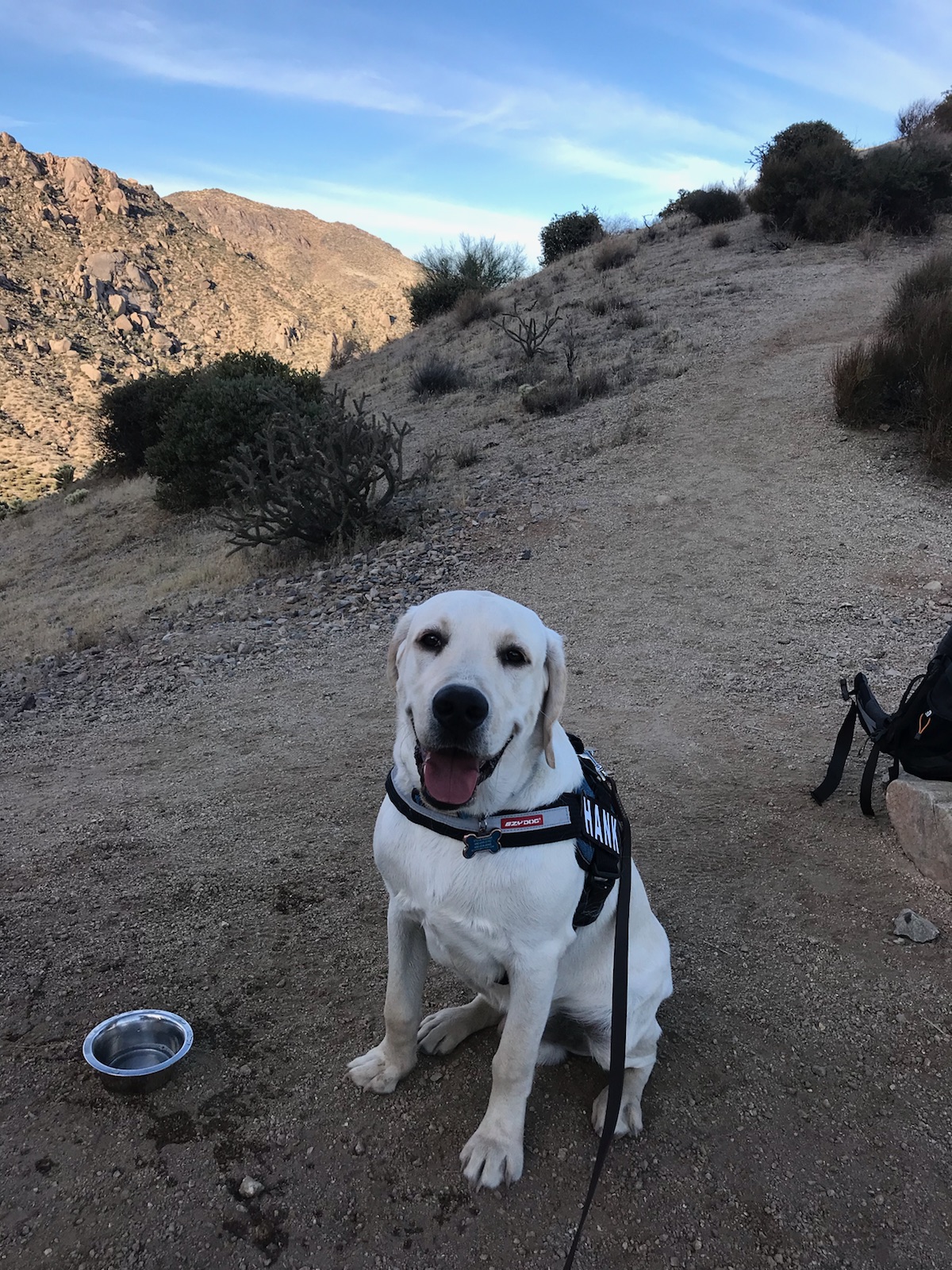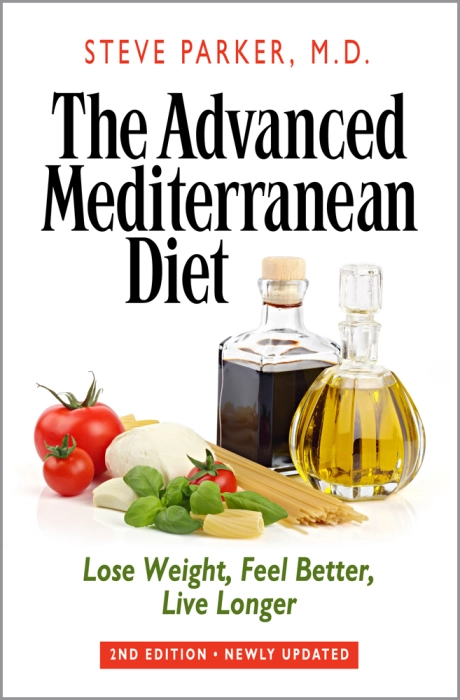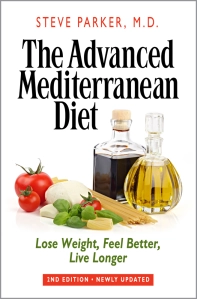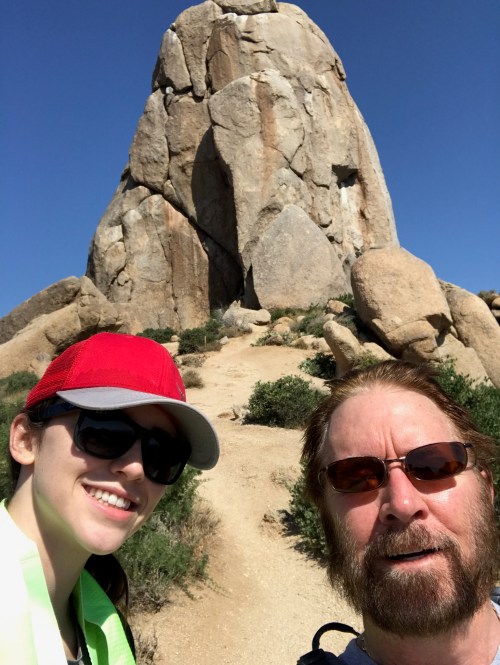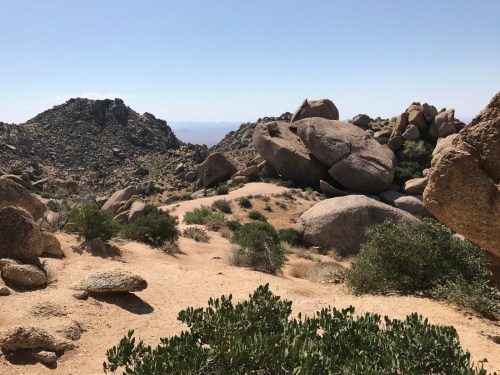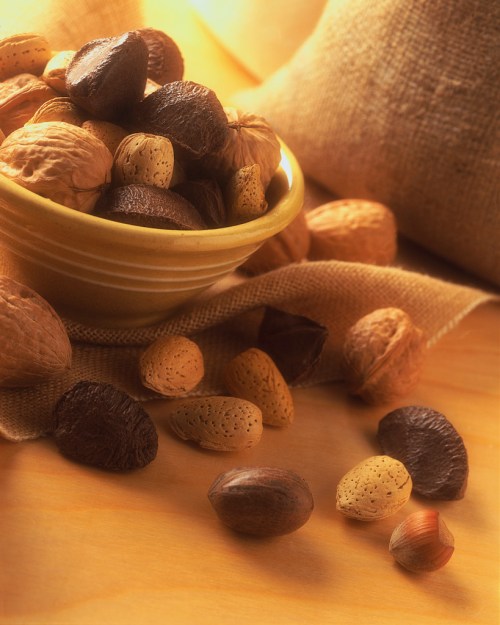And now for something completely different….
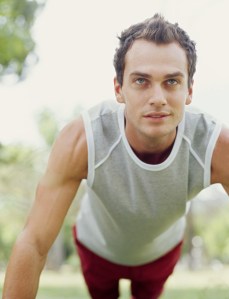
Push-ups are one of Chris Highcock’s favorite exercises
If you’re new here, let me fill you in. I don’t like to exercise. But I want the benefits of exercise. So I’m experimenting with ways to gain the benefits with minimal time involvement. I want to keep my costs down, too. I’ve already demonstrated I’m fit enough to be in the U.S. Army while working out only 70 minutes a week.
The guys at Whole9 had a series of blog posts on “the five best exercises.” That’s where I heard of Turkish get-ups and man-makers (see links to YouTube demo videos below).
Everybody has their own ideas as to the Big Five exercises, the ones that are critical to any well-rounded strength training program. The finalists typically are squats, deadlifts, bent-over rows, bench presses, push-ups, overhead presses, and chin-ups (or pull-ups). The Big Five aren’t necessarily the Five Best exercises.
Turkish get-ups and man-makers incorporate many of those big five moves. For instance, the man-maker incorporates a squat, row, overhead press, and push-up.
I’m also interested in maintaining what I’ll call aerobic endurance: the ability to maintain a steady workload at a relatively high heart and breathing rate over a significant length of time.
Heres’ my new plan:
- Alternate man-makers (MMs) with Turkish get-ups (TGUs) for 20 minutes twice a week, with 1-2 minutes of rest in the middle of the session
- Finish the sessions with high-intensity intervals (HIT) on a stationary cycle: easy warm-up for 3 minutes then 1 minute of hard and fast cycling alternating with 1 minute easy coasting while I catch my breath, for a total of 6 fast/slow cycles (15 minutes on cycle)
I did my first session yesterday and it kicked my butt. The MMs are the most vigorous; at some point I just couldn’t do any more due to breathlessness and weakness, then I switched to TGUs. After I got my breath back, I returned to the MMs, then alternated back and forth. I did both MMs and TGUs with 15 lb (6.8 kg) dumbbells. I’ll increase my weights as able. I’m not sure the stationary cycle HIIT adds much to this regimen.
Here are YouTube examples of man-makers by SEAL Fit and Travis, and Turkish get-ups by Max Shank, Gray Cook, and Till Sukopp. Some man-makers incorporate one push-up, others do two (one before each renegade row). Here’s an video example of HIIT on a stationary cycle.
MMs and TGUs are scalable for most folks who are starting out in poor condition. For instance, man-makers require a push-up but many people can’t do even one. In that case, do a knee push-up.
Again, if one is starting out in poor shape, burpees could be substituted for man-makers; they’re similar. Burpees can be done with knee push-ups or regular push-ups. As fitness improves, you graduate to regular push-ups and man-makers with kettlebells or dumbbell weights.
I’ll admit I have some trepidation about hurting myself with this program!
Steve Parker, M.D.
Update August 25, 2012

Not pertinent, but a cool picture
I dragged the old Schwinn Airdyne in from the garage, dusted it off, and replaced the batteries. Worked like a charm even though no one’s ridden it for eight years. This war horse is at least 15 years old; we got it used, like my set of dumbbells. My natural “coasting” speed is around level 2.4; my “damn the torpedoes, full speed ahead” speed is about level 5.5. I burned 200 calories over 15 minutes, which is about what I did with my treadmill HIIT. With the MMs, I stuck with 15 lb (6.8 kg) dumbbells. For the TGUs, I increased to 20 lb (9 kg). The MMs and TGUs are tough; I’m breathing fairly heavily for the entire 20 minutes. Not fun.
Update October 6, 2012
This thing is not fun. But I haven’t missed a session. I look for excuses to postpone the workout. After the hellish man-makers and Turkish get-ups, I look forward to the 15 minutes on the bike. I can’t see keeping this up for the long run unless it pays off big, fitness-wise.
I have to guard against slacking off on my bike performance. On the treadmill, by comparison, I dialed in the treadmill speed and had to keep up or I’d fall off the back. No such risk, or motivation, on the bike.
A couple weeks ago I increased the man-maker weights to 20 lb (9 kg) and the Turkish get-up weights to 25 lb (11.4 kg). I don’t think I’ll be able to increase those weights any time soon; already I’m so short of breath at times that I have to stop and rest for a minute.
My body’s holding up OK. At one point, however, I developed some mild pain and swelling in my left knee that I thought could be a problem. It cleared up after a few days and hasn’t recurred.
I’ve completed six weeks of Fitness Experiment No.4. After resting a few days, I’ll retest my fitness.
